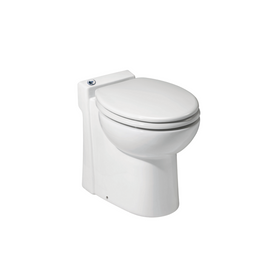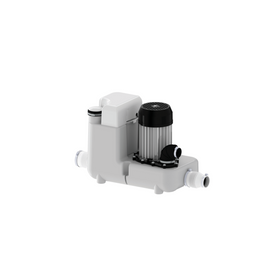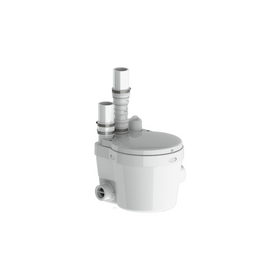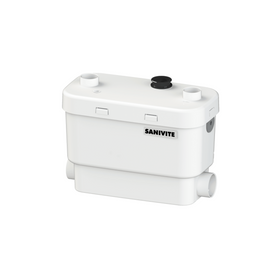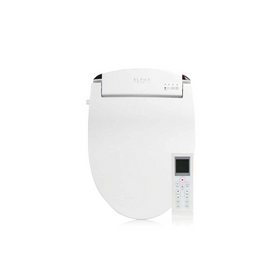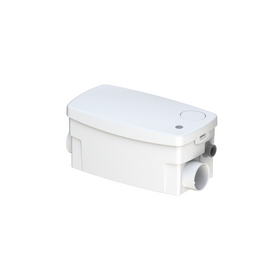Camille LeFevre

Bidet
A bidet (pronounced "buh-day") is a receptacle where a person can use water to wash their backside after using the bathroom. A traditional porcelain bidet was a separate bowl with vertical jets of water. There are still traditional bidets, but there are also more modern and compact toilet seat bidets. While in North America, bidets are still considered an oddity, they are common in European countries.
When purchasing a bidet, you want to look for a couple of things in your product. First, ensure the size and shape are correct for you. Next, ensure it is durable (often made of a higher grade plastic) to guarantee you are getting the most out of your product. Next, decide if you want an electrical or non-electrical bidet. Electrical will provide you additional features but also comes with the added cost. Some features to consider would be spray pressure and warm air dryers. Finally, check your product for a warranty.
The most sustainable feature of a bidet comes from its reduction of toilet paper use. Andrew Lee of the World Wide Fund for Nature has stated that some 27,000 trees are cut down daily for toilet paper alone. At that rate, making the 36.5 billion rolls of toilet paper produced annually requires 500 billion gallons of water and 17.3 terawatts of electricity. This process also includes using over a quarter of a million tons of chlorine as bleach. You can further compare toilet paper and bidets by examining water usage more closely. For example, when cleaning, one-eighth of a gallon of water is used with a bidet. That is significantly less than the 37 gallons of water for a single roll of toilet paper and does not include the 1.3 kilowatts/hours (KWh) of electricity and 1.5 pounds of wood to make it.
Some countries, such as Italy, are so accustomed to bidets that roughly 97 percent of homes own one.






